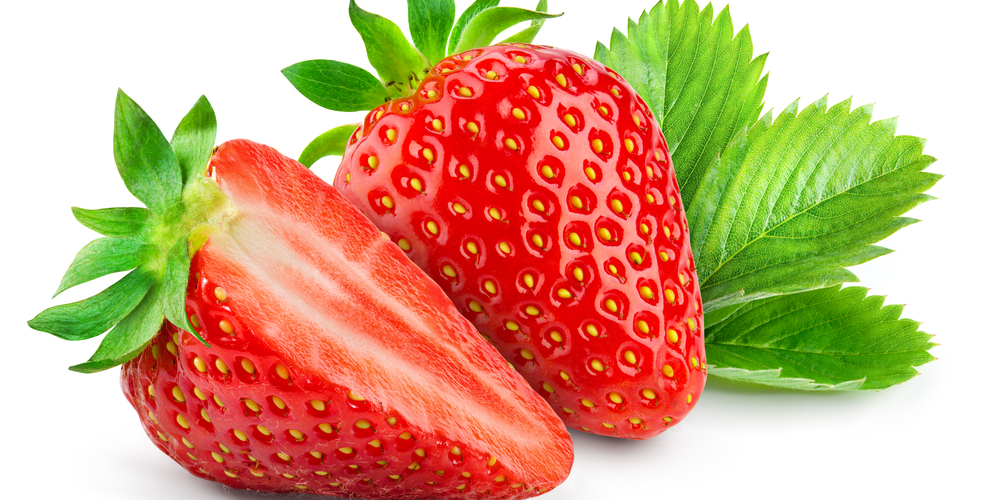Growing strawberries in your garden can be incredibly rewarding. Indeed, you’ll learn soon that home-grown fruits have a completely different taste than those you buy at the supermarket.
But strawberries can be delicate and fussy, so maybe not be the ideal choice for beginner gardeners. After all, because of their low-growing habits, they might rot on the ground. For this reason, some gardeners may want to know whether these fruits could grow up a trellis.
And if you are curious to find an answer, read on. We collected all the information you must have on the subject in this essential guide. So, what are you waiting for? Jump to the following sections!
Can You Grow Strawberries On A Trellis?
The truth about strawberries is that these plants do not have a trailing habit. And this means that contrary to climbing plants such as tomatoes or zucchinis, strawberries will struggle to grow vertically. And that’s true even if you provide them with some support.
Still, you may be able to tie their runners, which can spread up to 40 inches to trellises. However, there might not be as many benefits to doing so as you expect.
For instance, one of the primary reasons gardeners should consider letting their plants grow vertically is the lack of space in their garden. But with strawberries, growing them on a trellis is not the best solution to optimize your garden. For example, planting your strawberries in a pot or vertical wall will give you much better results.
However, it is also worth mentioning that some strawberry varieties are climbing ones. While they will perform well even on the ground and hanging baskets, you can successfully train them to wrap around the trellis. But how do you do that? You’ll find all the information you need in the following section!
How To Grow Strawberries on a Trellis
To begin with, you must plant your strawberries on the ground when the soil is not frozen. Choose a spot with a well-draining substrate that gets at least six hours of sunlight daily. If you live in a warm region, you’ll have to add a layer of mulch around your plants. Indeed, strawberries need moisture to thrive.
After digging a hole for your strawberries, measure 6 inches behind the spot and create a new hole. That’s the position where you’ll have to place your trellis. Ensure you surround it with enough soil to keep it in place. Depending on how many plants you add, you may have to adjust the size of your trellis (or the number).
Wait until your strawberry plants are large enough to reach the trellis. At that point, you’ll have to train their runners and secure them to the structure. You can use fabric or gardener’s tape. And that’s it!
Benefits of Growing Strawberries Around Support Structures
The truth is that unless you grow climbing strawberries in your garden, adding a trellis won’t bring many benefits. After all, you’ll have much better results growing your crops in containers or hanging pots if you don’t have enough space in your garden.
Such solutions will prevent your plants from pests and fungal infections that are more common on the ground. Also, it eliminates the problems of weeds, which can come in handy.
And because strawberries tend to grow horizontally, by training them to grow up to a trellis, you might cause some issues. For instance, you may notice your plants struggling to find soil, impacting your harvests’ volume (and quality).
How To Grow Strawberries
Regardless of where you decide to plant your crops, you’ll have to ensure you meet their growing requirements if you want to get them producing. Strawberries are heavy feeders, meaning you’ll have to provide them with extra nutrition and water to keep them thriving.
Plant them in fertile soils rich in organic matter (such as compost or manure) to increase the chances of abundant harvests. Also, ensure your local climate conditions are suitable to grow strawberries. Temperatures below 40°F might kill your plants!
Of course, you’ll need to water your strawberries. While leaving them soggy isn’t a good idea, you must keep them moist. Add extra moisture as soon as you notice the soil getting dry. And if you don’t grow your strawberries in containers, be extra careful with weeds!

